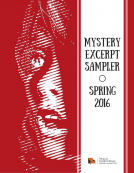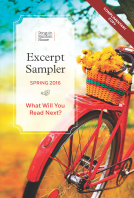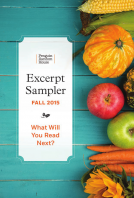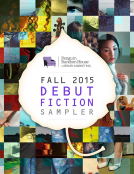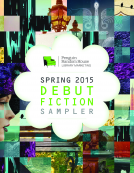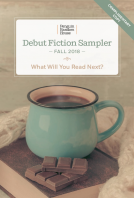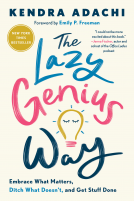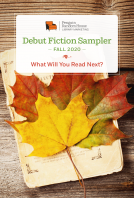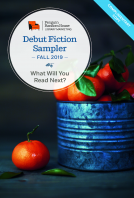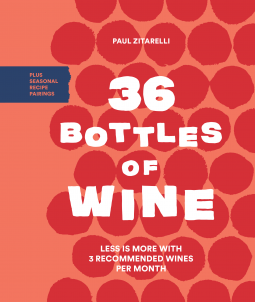
36 Bottles of Wine
Less Is More with 3 Recommended Wines per Month Plus Seasonal Recipe Pairings
by Paul Zitarelli
This title was previously available on NetGalley and is now archived.
Send NetGalley books directly to your Kindle or Kindle app
1
To read on a Kindle or Kindle app, please add kindle@netgalley.com as an approved email address to receive files in your Amazon account. Click here for step-by-step instructions.
2
Also find your Kindle email address within your Amazon account, and enter it here.
Pub Date Sep 18 2018 | Archive Date Jun 18 2019
Talking about this book? Use #36bottlesOfWine #NetGalley. More hashtag tips!
Description
Too much wine? Not last night, but at the wine store where it's bewildering to choose something good. In this friendly guide, a wine expert curates a shortlist of 36 bottles to try (3 varieties per month--a red, a white, plus something else like a sparkling or rose) and explains in an accessible, humorous style what and who makes each worth drinking. In addition, 30 recipes for monthly meals connect seasonal food to wine, composing beautiful sensory experiences. This book proves you don't need an encyclopedia when a handpicked selection delivers a world of wine.
Wines featured in the book by country of origin:
France: Grignan-les-Adhemar; Rose; Breseme Rouge; Quincy; Reuilly; Menetou-Salon; Savoie Blanc; Cote de Broouilly; Cote de Provence Rose; Muscadet; Chinon Rouge; Chablis; Tavel Rose; Montlouis Sec; Cremant de Bourgogne
Spain: Amontillado sherry; Tinta de Toro; Cava; Rias Baixas Albarino; Getariako Txakolina
Italy: Fiano di Avelino; Chianti Classico; Dry Lambrusco; Alto Adige Pinot Bianco; Langhe Rosso
Germany: Mosel Riesling Kabinett
Austria: Gruner Veltliner
Portugal: Madeira
Hungary: Tokaji Aszu 5 Puttonyos
Chile: Carmenere
America: Rose; sparkling wine; Oregon Pinot Noir; California Zinfandel; Washington State Red
Australia: Hunter Valley Semillon
New Zealand: Central Otago Pinot Noir
Paul Zitarelli is a Harvard-trained applied mathematician who abandoned that path for a life in wine. He is one of a small number of Americans to hold the WSET Level 4 Diploma (precursor to the Master of Wine) and applies that knowledge as a wine merchant in his retail business, Full Pull Wines.
Available Editions
| EDITION | Other Format |
| ISBN | 9781632171917 |
| PRICE | $19.95 (USD) |
| PAGES | 208 |



